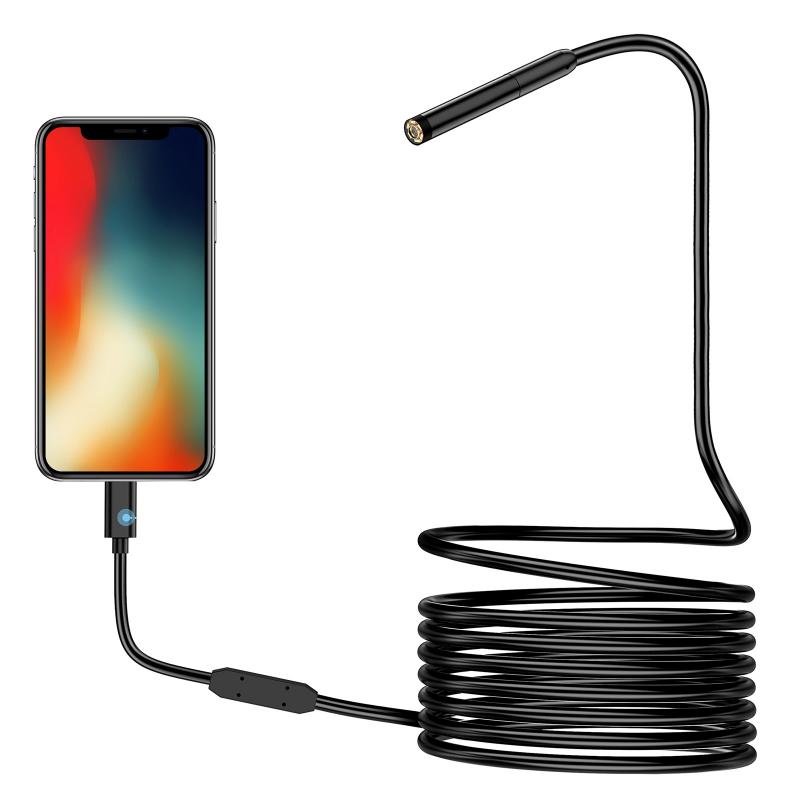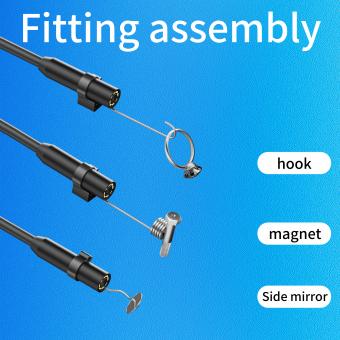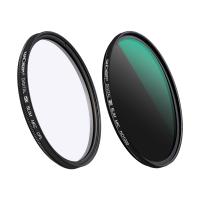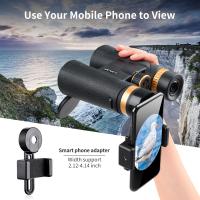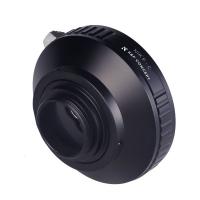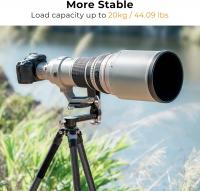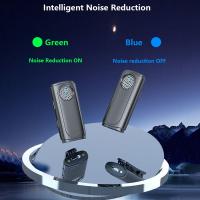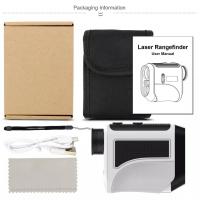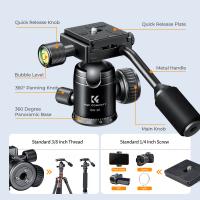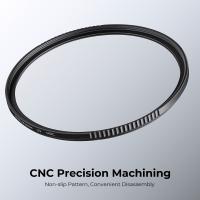How To Use Endoscope ?
To use an endoscope, first, ensure that the device is properly sterilized and in good working condition. Then, insert the endoscope into the body cavity or opening that needs to be examined. The endoscope is typically inserted through a natural orifice or a small incision. Once inside, the endoscope allows for visualization of the internal organs or structures through its camera or optical system. The images captured by the endoscope can be viewed on a monitor in real-time, enabling the healthcare professional to diagnose or treat any abnormalities or conditions present. Throughout the procedure, it is important to handle the endoscope carefully and follow the manufacturer's instructions to ensure safe and effective use. After the examination, the endoscope should be thoroughly cleaned and disinfected to maintain hygiene standards.
1、 Introduction to Endoscopy: Principles and Applications
Endoscopy is a medical procedure that involves the use of an endoscope, a flexible tube with a light and camera attached to it, to visualize and examine the internal organs and structures of the body. It is commonly used for diagnostic and therapeutic purposes in various medical specialties, including gastroenterology, pulmonology, urology, and gynecology.
To use an endoscope, the following steps are typically followed:
1. Preparation: The patient is usually required to fast for a certain period before the procedure to ensure a clear view of the targeted area. Sedation or anesthesia may also be administered to minimize discomfort.
2. Insertion: The endoscope is carefully inserted into the body through a natural opening, such as the mouth, anus, or urethra, or through a small incision made in the skin. The endoscope is advanced slowly and gently to avoid any injury to the surrounding tissues.
3. Visualization: As the endoscope is advanced, the camera at its tip captures real-time images of the internal structures, which are displayed on a monitor. The physician can maneuver the endoscope to obtain different views and angles for a comprehensive examination.
4. Examination and Intervention: During the procedure, the physician may perform various interventions, such as taking biopsies, removing polyps or foreign objects, cauterizing bleeding vessels, or placing stents. These interventions can be done using specialized instruments passed through channels within the endoscope.
5. Removal: Once the examination and any necessary interventions are completed, the endoscope is slowly and carefully withdrawn from the body.
It is important to note that the use of endoscopy requires specialized training and expertise. The physician performing the procedure should have a thorough understanding of the anatomy and pathology of the area being examined, as well as the technical skills to maneuver the endoscope safely and effectively.
In recent years, there have been advancements in endoscopic technology, such as the development of high-definition cameras, narrow-band imaging, and confocal laser endomicroscopy. These advancements have improved the visualization of tissues and increased the accuracy of diagnosis. Additionally, there has been a growing trend towards minimally invasive endoscopic procedures, which offer benefits such as reduced pain, shorter recovery times, and lower risk of complications compared to traditional surgical approaches.
Overall, endoscopy is a valuable tool in modern medicine, allowing physicians to visualize and diagnose a wide range of conditions within the body. Its applications continue to expand, and ongoing research and technological advancements are further enhancing its capabilities.

2、 Types of Endoscopes: A Comprehensive Overview
Endoscopes are medical devices used to visualize and examine the internal organs and structures of the body. They are widely used in various medical specialties, including gastroenterology, pulmonology, urology, and gynecology. Here is a comprehensive overview of the types of endoscopes and how to use them.
1. Gastrointestinal Endoscopes: These endoscopes are used to examine the digestive tract, including the esophagus, stomach, and intestines. They are inserted through the mouth or anus and allow for the detection and treatment of conditions such as ulcers, polyps, and tumors.
2. Bronchoscopes: These endoscopes are used to visualize the airways and lungs. They are inserted through the nose or mouth and can help diagnose and treat conditions such as lung infections, tumors, and blockages.
3. Cystoscopes: These endoscopes are used to examine the bladder and urinary tract. They are inserted through the urethra and can help diagnose and treat conditions such as urinary tract infections, bladder stones, and tumors.
4. Hysteroscopes: These endoscopes are used to examine the uterus and cervix. They are inserted through the vagina and can help diagnose and treat conditions such as abnormal bleeding, fibroids, and polyps.
To use an endoscope, the following steps are generally followed:
1. Preparation: The patient is typically required to fast for a certain period before the procedure. Sedation or anesthesia may also be administered.
2. Insertion: The endoscope is carefully inserted into the body through the appropriate orifice, such as the mouth, nose, anus, or vagina.
3. Visualization: The endoscope transmits images of the internal structures to a monitor, allowing the healthcare provider to examine and assess the condition of the organs.
4. Diagnosis and Treatment: During the procedure, the healthcare provider may take biopsies, remove polyps or tumors, or perform other necessary interventions.
5. Removal: Once the examination or procedure is complete, the endoscope is gently removed from the body.
It is important to note that the use of endoscopes requires specialized training and expertise. Healthcare providers must adhere to strict sterilization and infection control protocols to minimize the risk of complications. Additionally, advancements in technology have led to the development of more advanced endoscopes, such as wireless capsule endoscopes and robotic-assisted endoscopes, which offer improved visualization and maneuverability.
In conclusion, endoscopes are invaluable tools in modern medicine, allowing for non-invasive examination and treatment of various internal organs and structures. Their proper use requires skilled healthcare professionals and adherence to strict protocols to ensure patient safety and optimal outcomes.
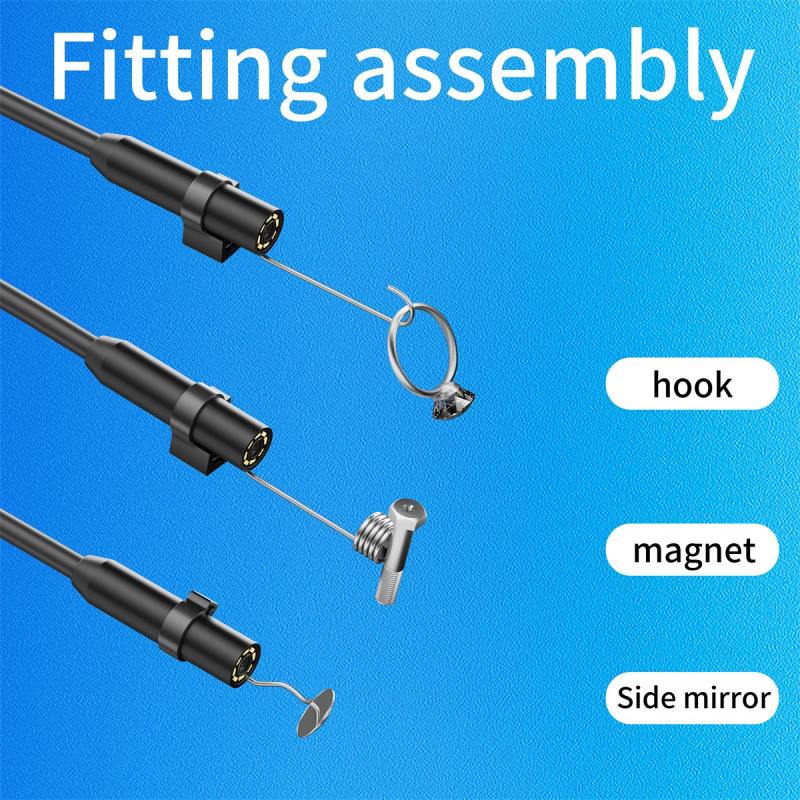
3、 Endoscope Preparation and Sterilization Techniques
To use an endoscope effectively, it is crucial to follow proper preparation and sterilization techniques. These steps are essential to ensure patient safety and maintain the integrity of the endoscope. Here is a guide on how to use an endoscope:
1. Pre-cleaning: Start by removing any visible debris or organic material from the endoscope using a soft brush or sponge. This step is crucial to prevent the formation of biofilm and reduce the risk of infection.
2. Leak testing: Before each use, perform a leak test to ensure the endoscope is functioning properly. This involves submerging the endoscope in water and checking for any air bubbles or leaks.
3. High-level disinfection: After pre-cleaning, the endoscope needs to undergo high-level disinfection. This process kills or inactivates most microorganisms, including bacteria, viruses, and fungi. Follow the manufacturer's instructions for the appropriate disinfection solution and contact time.
4. Drying and storage: Thoroughly dry the endoscope to prevent the growth of microorganisms. Hang the endoscope in a well-ventilated area or use a drying cabinet specifically designed for endoscopes. Ensure proper storage to prevent damage and contamination.
5. Regular maintenance: Implement a regular maintenance schedule to ensure the endoscope remains in optimal condition. This includes periodic inspections, preventive maintenance, and adherence to manufacturer's guidelines.
It is important to note that the latest point of view emphasizes the importance of using automated endoscope reprocessors (AERs) for high-level disinfection. AERs provide standardized and consistent disinfection, reducing the risk of human error. Additionally, there is a growing focus on the use of single-use endoscopes to eliminate the need for reprocessing altogether, further enhancing patient safety.
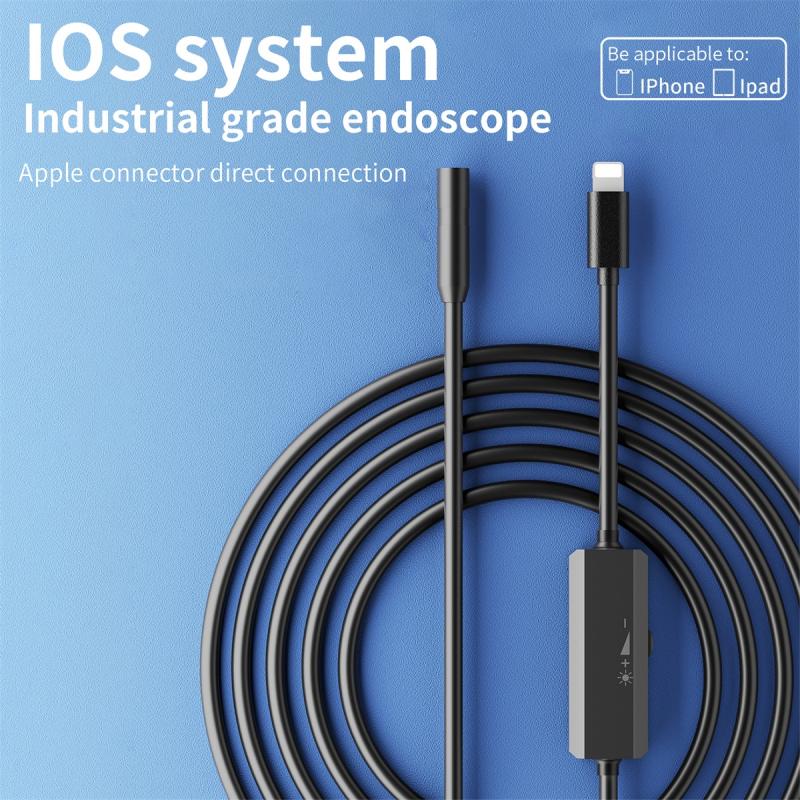
4、 Endoscope Insertion and Navigation in the Body
Endoscope insertion and navigation in the body is a medical procedure that involves the use of an endoscope, a flexible tube with a light and camera attached to it, to visualize and examine the internal organs and structures of the body. This procedure is commonly used in various medical specialties, including gastroenterology, urology, and gynecology.
To use an endoscope, the following steps are typically followed:
1. Preparation: The patient is usually required to fast for a certain period of time before the procedure. The endoscope is sterilized and prepared for use by the medical professional.
2. Sedation: In some cases, the patient may be given sedation or anesthesia to help them relax and minimize discomfort during the procedure.
3. Insertion: The endoscope is carefully inserted into the body through a natural opening, such as the mouth, anus, or urethra. In some cases, small incisions may be made to facilitate insertion.
4. Navigation: Once the endoscope is inside the body, it is gently maneuvered through the organs and structures of interest. The camera attached to the endoscope provides real-time images, which are displayed on a monitor for the medical professional to view.
5. Examination and treatment: During the navigation process, the medical professional can examine the internal organs and structures for any abnormalities or diseases. In some cases, therapeutic procedures, such as biopsies or removal of polyps, can be performed using specialized instruments that are inserted through additional channels in the endoscope.
6. Removal: Once the examination or treatment is complete, the endoscope is carefully removed from the body.
It is important to note that the use of endoscopes has evolved over time, with advancements in technology and techniques. For example, there has been a shift towards the use of minimally invasive endoscopic procedures, which offer several benefits such as reduced pain, faster recovery, and fewer complications. Additionally, the development of high-definition cameras and advanced imaging techniques has improved the visualization and accuracy of endoscopic procedures.
In conclusion, the use of endoscope insertion and navigation in the body is a valuable tool in modern medicine. It allows medical professionals to visualize and examine internal organs and structures, leading to early detection and treatment of various diseases. The procedure requires careful preparation, insertion, navigation, and removal of the endoscope. With ongoing advancements in technology, endoscopic procedures continue to evolve, offering improved outcomes for patients.
